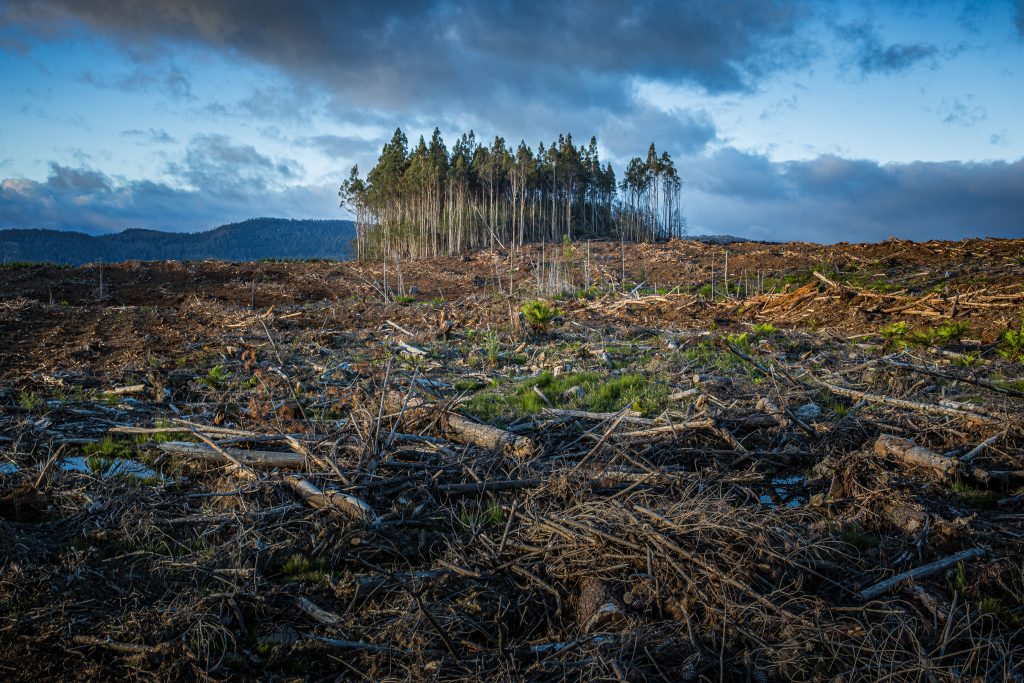In Glasgow last year, there was an air of hope around COP26. But it largely ended with a feeling of underachievement, compromise, and the question of “if not now, then when.”
This year, for the COP27, it seems COP fatigue goes with the jet lag. An increasing number of experts and commentators say that 1.5 is no longer alive and net zero as a concept is full of delays and get out clauses. Some of the agreements and frameworks signed up to last year by states and financial institutions have since been diluted and their immediate output seems to be all about data, targets, and disclosures. We don’t see much on the ground, real world action and we don’t see any reduction in carbon emissions. To the dismay of environmental campaigners, there are 636 lobbyists from the gas and oil industry at COP, the largest number ever. Having the plastic polluting Coca Cola as sponsor has hardly been a sweetener either.
Greta Thunberg has, in her usual frank way, called COP “an excuse for leaders to indulge in greenwashing” but Guardian environmental correspondent Fiona Harvey describes it as “the only place where no-one can hide.”
It this aspect that perhaps makes it worthwhile. COP is the only event where the smallest nations get to sit at the table with the most powerful and demand they pay attention to their predicament. This is crucial, given that climate change is an undeniably global issue. The fight against rising temperatures and their consequences is fought as much in the mangrove swamps of Myanmar as it is in the factories, petrol pumps, and airports of the world.
The main focus of COP27 has moved away from climate change mitigation to adaptation. Mitigation is fundamentally tyring to reduce temperature rises by reducing emissions and adaptation is preparing ourselves for the effects of climate change we can’t avoid – such as the higher temperatures and droughts we have experienced this summer. This aims to increase the resilience of 4 billion people and accelerate transformation across five impact systems: food and agriculture, water and nature, coastal and oceans, human settlements, and infrastructure.
This is not to say that mitigation solutions we can help fund through our pensions and investments – such as greener transport, energy, and infrastructure do not remain vital. They are just better developed and planned for and already attracting more capital than their poorer adaptation cousins. They also cannot fix the immediate impacts of climate change caused by past emissions, such as the floods, wildfires and crop failures we are already seeing. In 2021 alone, extreme weather driven by climate change caused over USD 170 billion in damages and of course an unquantifiable amount of human hardships.
We are just beginning on the adaptation journey. The modest projects already in place are largely funded by governments, with tiny amounts from private finance. Over time, governments and finance leaders need to develop ways to make investment in adaptation suitable for private investment – with appropriate returns, risk levels and accessibility. It’s a massive challenge but a necessary one.
The Sharm-El-Sheikh Adaptation Agenda aims to put “people and nature first in pursuit of a resilient world, where we don’t just survive climate shocks and stresses but thrive in spite of them.”
COP27 has brought governments, businesses, civil society and campaign groups from all over the world together to try and solve our collective climate challenge. I’m sure there will be plenty more political meanderings with a smattering of blame, shame, judgement, and criticism as governments attempt to shirk responsibility or place it on others. But fundamentally, this change is a change we can only make together. One bad apple really does spoil the lot.
When it comes to what you can do, you may be thinking “I recycle, drive an EV, have home solar, eat less meat… what more can I do?”
I hear you.
Sometimes our efforts feel futile in the face of corporate conglomerates pushing their polluting agenda to prop up shareholder value.
There is more you can do. You can make a difference with where you invest your money.
I know you’re concerned about green washing, I am too, which is why I work extremely hard to find only those investments which meet strict ethical and green criteria.
Just want a toe in the water? I have a low-cost light green solution for you.
Keen to make a real difference by investing for positive impact? We can do that too with a portfolio designed around the UN Sustainable Development Goals to address the biggest challenges faced by humanity.
So yes, there is more you can do, by making sure your money isn’t propping up shareholder value of companies that only really care about, well, shareholder value.
You can nourish your wallet, as well as nurture the planet.
Interested? DM or visit my website: www.somersetwm.co.uk/call
*Please note that capital is at risk and these investments are designed for the long term. Investments can go down as well as up. You may not get back the amount you invested.
Photo by Matt Palmer on Unsplash




